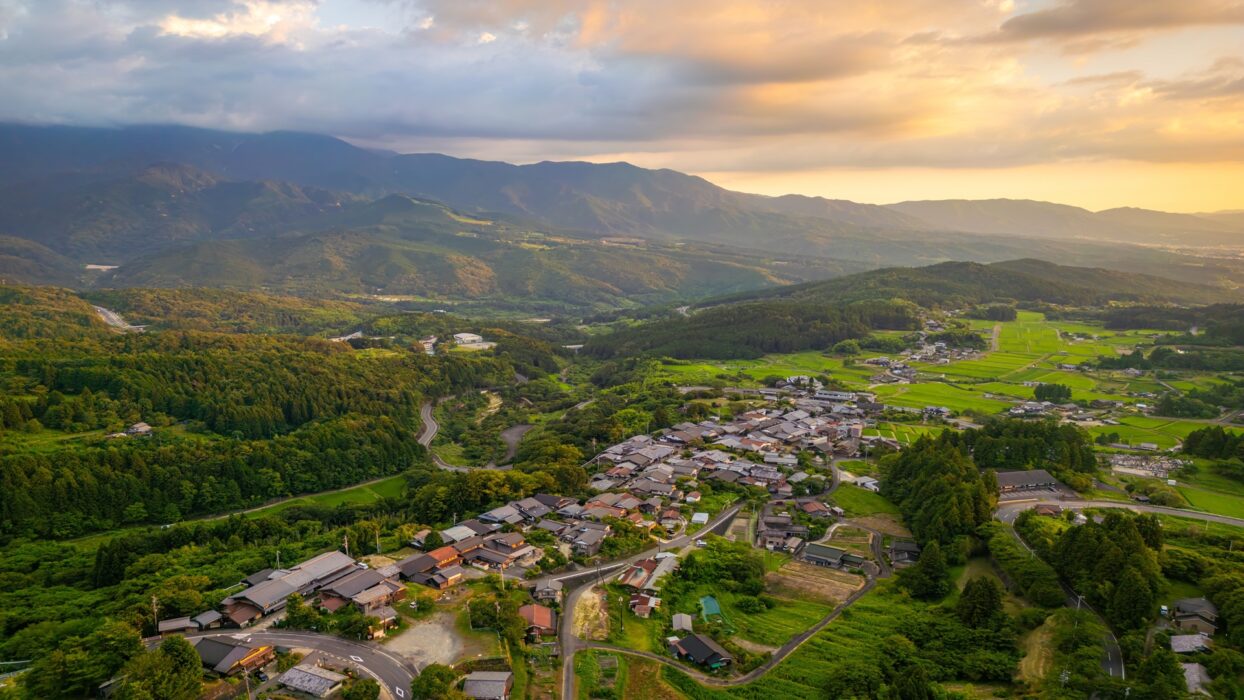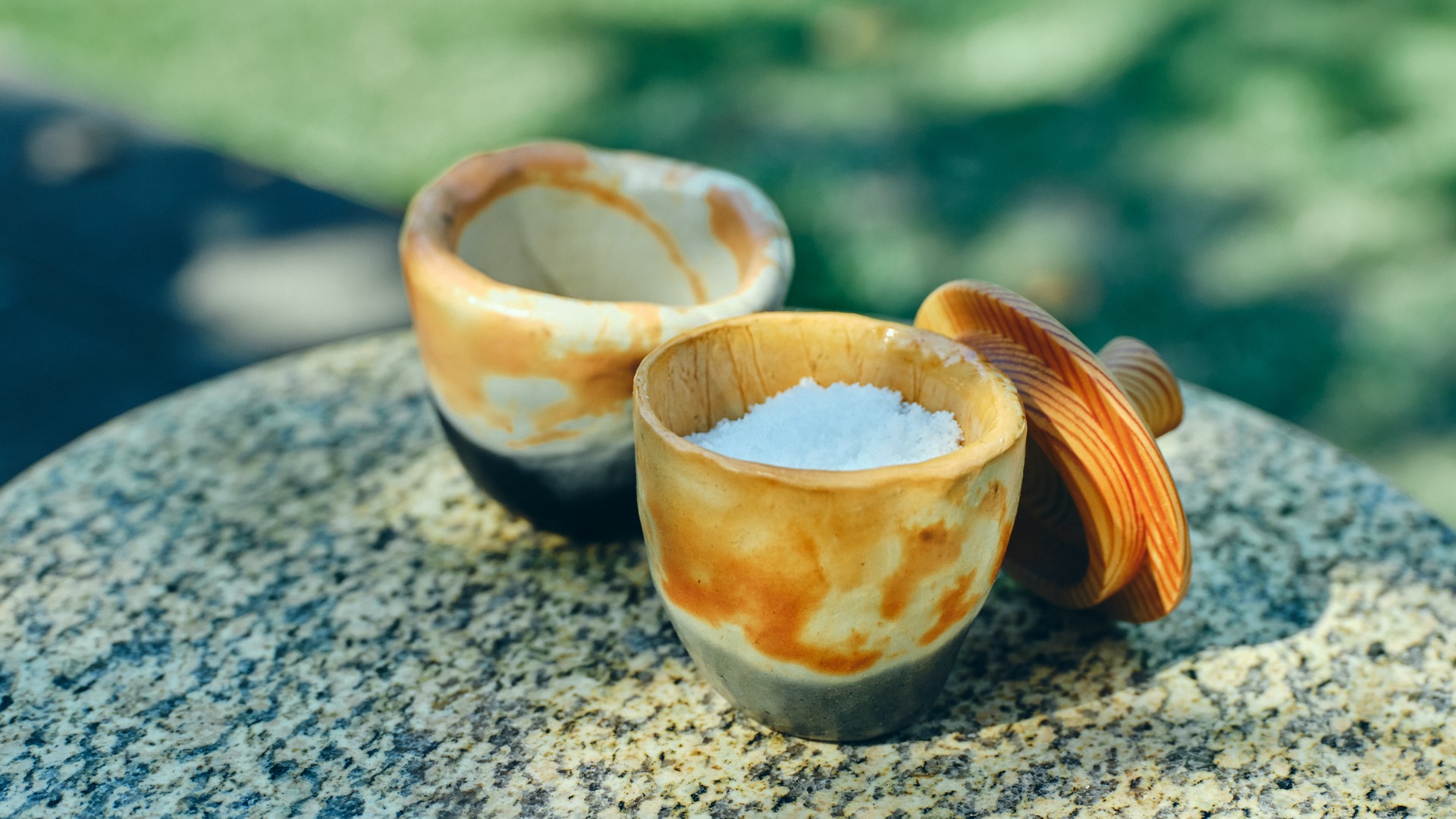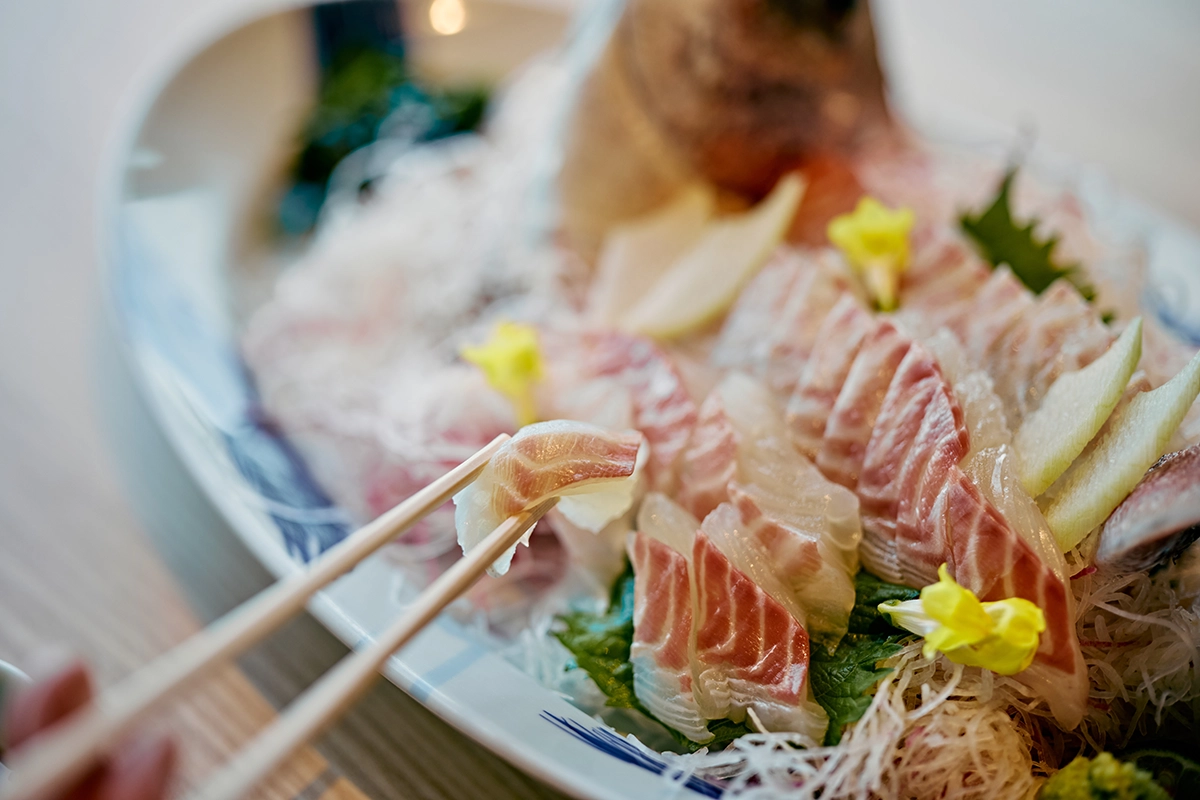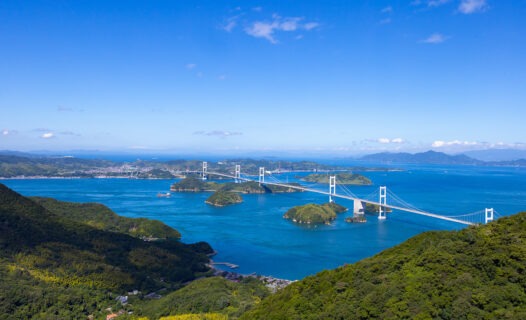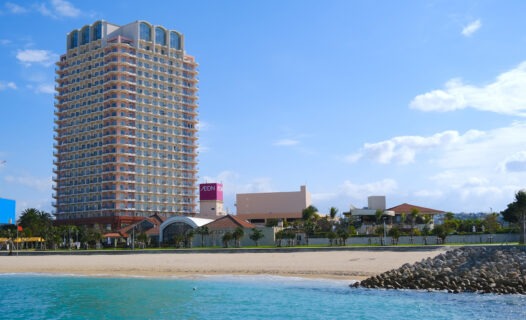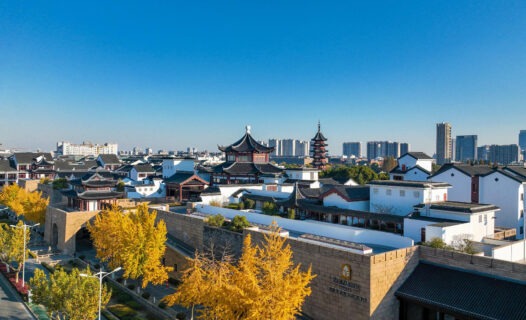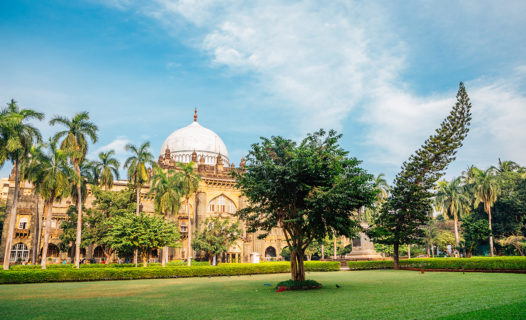The Nakasendo Trail is a historic route that links Kyoto and Edo (modern-day Tokyo), dating back to the Edo period. This picturesque trail once served as a crucial path for travelers, including merchants and samurai. Today, the Nakasendo Trail offers an immersive journey through Japan’s rich history, stunning scenery, and charming post towns. Whether you’re a seasoned hiker or a history enthusiast, our comprehensive guide will help you navigate this remarkable trail.
Day-by-Day Itinerary
Day 1: Magome to Tsumago
Begin your journey in Magome, one of the best-preserved post towns. Stroll along its cobblestone streets, lined with traditional wooden houses and local shops. After exploring Magome, start your hike towards Tsumago, which is approximately 8 kilometers away. The trail offers scenic views of lush forests, streams, and rice paddies.
Highlights of Day 1:
- Explore the historic streets of Magome
- Visit the Magome Waki-Honjin Museum
- Hike through picturesque landscapes
- End your day in Tsumago, another beautifully preserved post town
Day 2: Tsumago to Nojiri
On the second day, embark on a 13-kilometer hike from Tsumago to Nojiri. This section of the trail features tranquil forests and small mountain villages.
Highlights of Day 2:
- Stroll through Tsumago’s historic town center
- Hike along serene forest paths
- Explore small, charming villages
Day 3: Nojiri to Narai-juku
On the third day, you will continue your hike towards Narai-juku. This stretch is around 16 kilometers long and goes through lush, green forests and hilly terrains. Narai-juku is known as one of the wealthiest post towns, with beautifully restored Edo-period houses.
Highlights of Day 3:
- Hike through the serene forests
- Pass through the picturesque countryside
- Arrive in Narai-juku, renowned for its historic architecture
History & Culture
The Nakasendo Trail dates back to the Edo period when it served as one of the five major routes linking the capital city of Edo (now Tokyo) with other parts of Japan. This trail offered an inland alternative to the coastal Tōkaidō route, enabling safer and more efficient travel for many, including shoguns, samurai, and merchants.
Walking along the trail today, you’ll encounter numerous post towns that have retained their historical charm, essentially transporting you back in time. These towns were originally developed to provide lodging, food, and other services to weary travelers.
In each town, you’ll find traditional inns called ryokan, many of which have been preserved beautifully, offering an authentic Japanese experience. Besides accommodation, the inns are perfect places to enjoy traditional Japanese cuisine, making the journey a cultural immersion as much as it is a physical one.
Culinary Experiences
One of the highlights of hiking the Nakasendo Trail is the opportunity to savor traditional Japanese cuisine. The post towns along the trail are home to numerous quaint eateries and ryokan where visitors can enjoy local dishes. In Magome, try the gohei mochi, a rice cake coated with a sweet and savory miso sauce, which is a local specialty.
In Tsumago, enjoy oyaki, a type of dumpling filled with vegetable or sweet bean paste, and be sure to accompany it with a warm cup of green tea. As you continue your journey to Narai-juku, you’ll find restaurants serving various seasonal delicacies, including river fish, freshly caught and grilled to perfection.
Practical Information for Travelers
Best Time to Visit: While the Nakasendo Trail can be enjoyed year-round, the best times to visit are during the spring (March to May) and autumn (September to November) months. During these periods, the weather is mild, and the scenery is particularly stunning with cherry blossoms or vibrant fall foliage.
Transportation: The trail is accessible by public transportation. You can reach Magome by bus from Nakatsugawa Station, and there are buses connecting the other post towns as well. Make sure to check the bus schedules in advance as they might not be frequent.
Packing List: Aside from comfortable hiking shoes, bring layered clothing suitable for varying weather conditions, a rain jacket, a hat, sunscreen, and plenty of water. Carry a map of the trail, and make sure to have some cash on hand as not all places accept credit cards.
Embarking on the Nakasendo Trail is more than just a hike; it’s a journey back in time through Japan’s rich history and stunning natural landscapes. Whether you’re wandering through the cobblestone streets of Magome, savoring traditional Japanese cuisine in Tsumago, or exploring the unmatched beauty of Narai-juku, you’re sure to create unforgettable memories. Along the way, you’ll not only witness the resilience and grandeur of Japan’s past but also experience its warm hospitality and cultural richness.
Make sure to plan your trip during the optimal seasons, pack appropriately, and take the time to fully immerse yourself in each unique post town. With this guide, you are well-equipped to tackle this historic route and appreciate all that the Nakasendo Trail has to offer. Happy trails!

